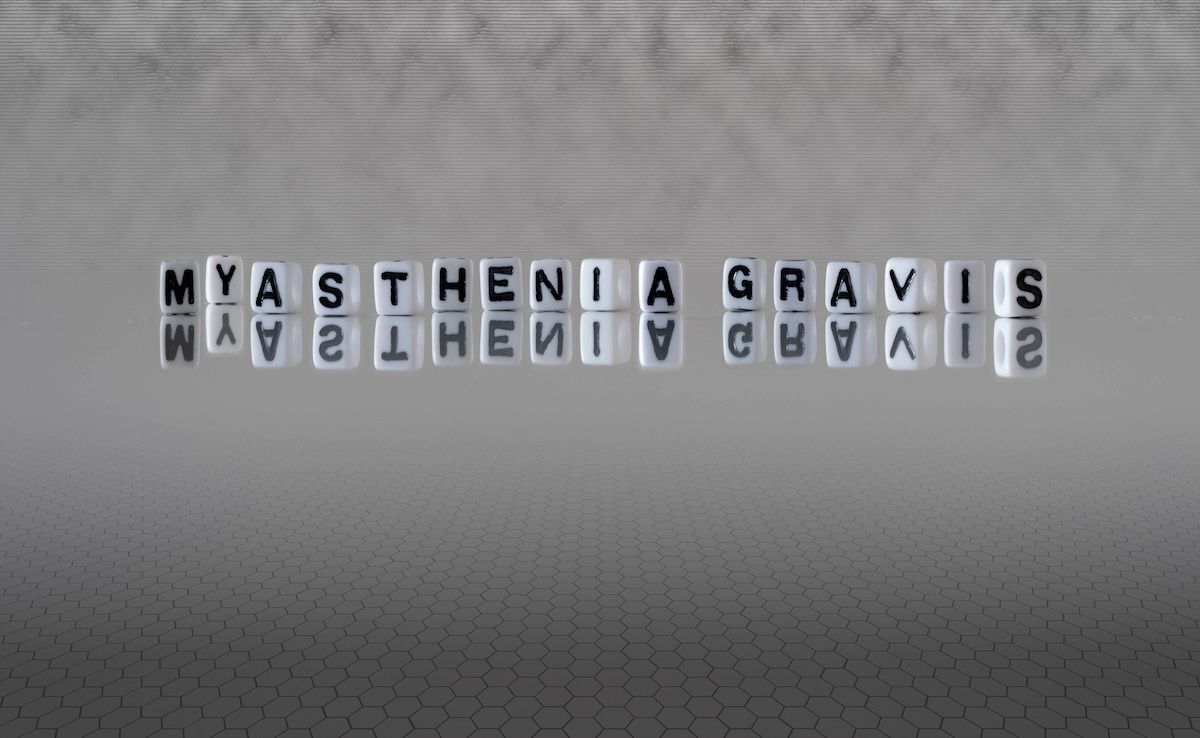Article
Multiple Sclerosis Remains Tricky to Identify, Diagnose
Author(s):
Two abstracts presented at the American Academy of Neurology 2019 Annual Meeting evaluated misdiagnosis of multiple sclerosis.
Multiple sclerosis (MS) can be difficult to diagnose, and symptoms can be easily misidentified. Two new abstracts presented at the American Academy of Neurology 2019 Annual Meeting looks at the challenges in diagnosing and identifying MS.
In the first abstract, investigators set out to identify clinical—radiological characteristics of patients with a suspected case of late-onset MS.1 Late-onset MS, which means clinical presentation presents after 50 years of age, occurs in less than 12% of the MS population. Misdiagnosis is common, as there is a broad spectrum of differential diagnosis for white matter lesions in the 50 and over population. Investigators looked at 153 individuals 50 years and older with symptoms of late-onset MS. Of the patients included, 85 had MS and 67 had other differential diagnoses.
Investigators found that the most frequent diagnosis was not MS, but demyelinating disorders (n = 30), followed by microvascular damage due to unspecific white matter lesions (n = 25). Being misdiagnosed with MS occurred in 36% of patients, and 7 of the 26 misdiagnosed patients were already on disease-modifying drugs. Investigators estimated the costs of the mistreated patients were more than $7 million. A detailed clinical history, physical exams and MRI description should be used to avoid misdiagnosing late-onset MS, according to investigators.
The second abstract evaluated the proper application of the McDonald Criteria among MS specialists and neurology residents.2 Investigators conducted an email survey, with 72 residents and 88 MS specialists participating. All the participants were from the United States and Canada.
Twenty percent of residents and 5% of specialists incorrectly identified intractable vomiting as a typical symptom. Another atypical symptom is complete traverse myelopathy, but 35% of residents and 15% of specialists labeled it a typical symptom. Nearly half of the residents incorrectly assigned a radiology isolated syndrome case as fulfillment of the McDonald Criteria compared with 12% of specialists. Nearly 90% of residents and 65% of specialists considered non-specific historical sensory and coordination symptoms DIT fulfilment, according to the study.
While residents misidentified core MS diagnosis components to a greater degree, specialists did as well.
“Educational efforts could potentially reduce misdiagnosis by concentrating on misunderstood and misapplied components of the McDonald Criteria,” the authors concluded.
1. Yorio F, Marrodan M, Farez M, Correale J. Differential diagnosis in late onset multiple sclerosis. Presented at: American Academy of Neurology 2019 Annual Meeting; May 4-11; Philadelphia, Pennsylvania. Abstract 002671.
2. Solomon A, Pettigrew R, Naismith R, Chahin S, Krieger S, Weinshenker B. Challenges in multiple sclerosis diagnosis: misapplication and misunderstanding of the McDonald criteria. Presented at: American Academy of Neurology 2019 Annual Meeting; May 4-11; Philadelphia, Pennsylvania. Abstract 001310
References




